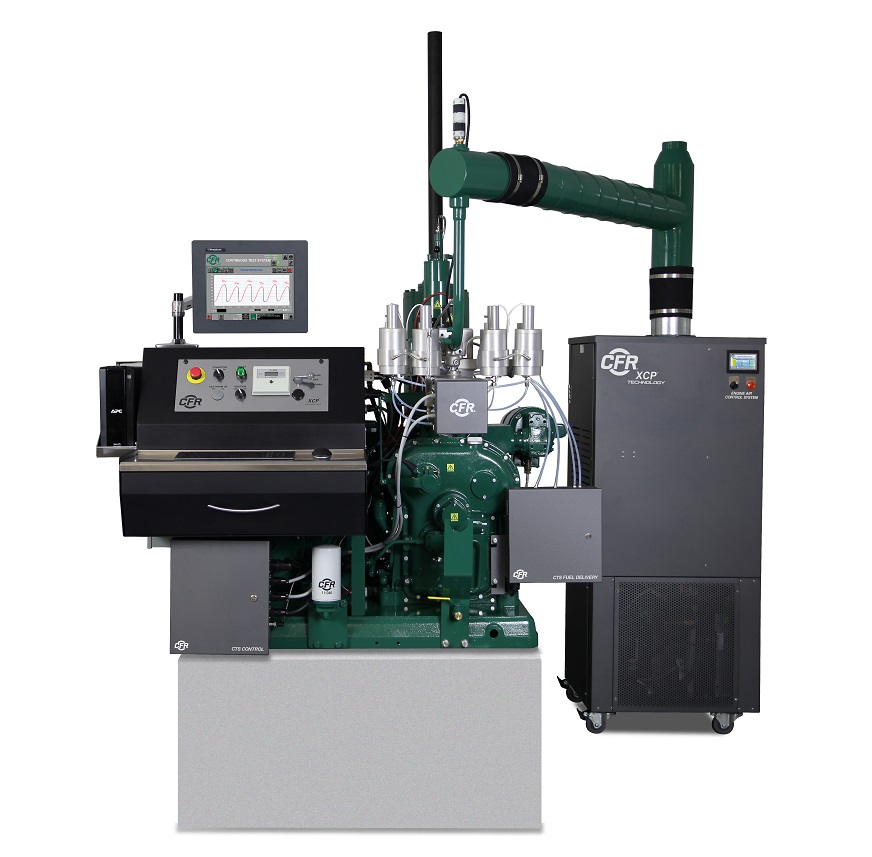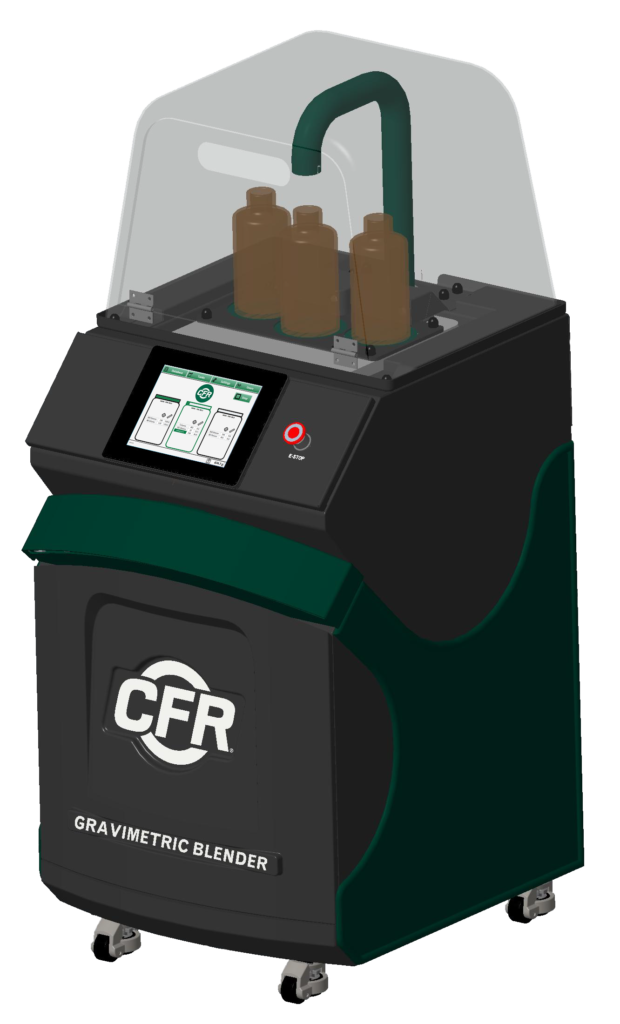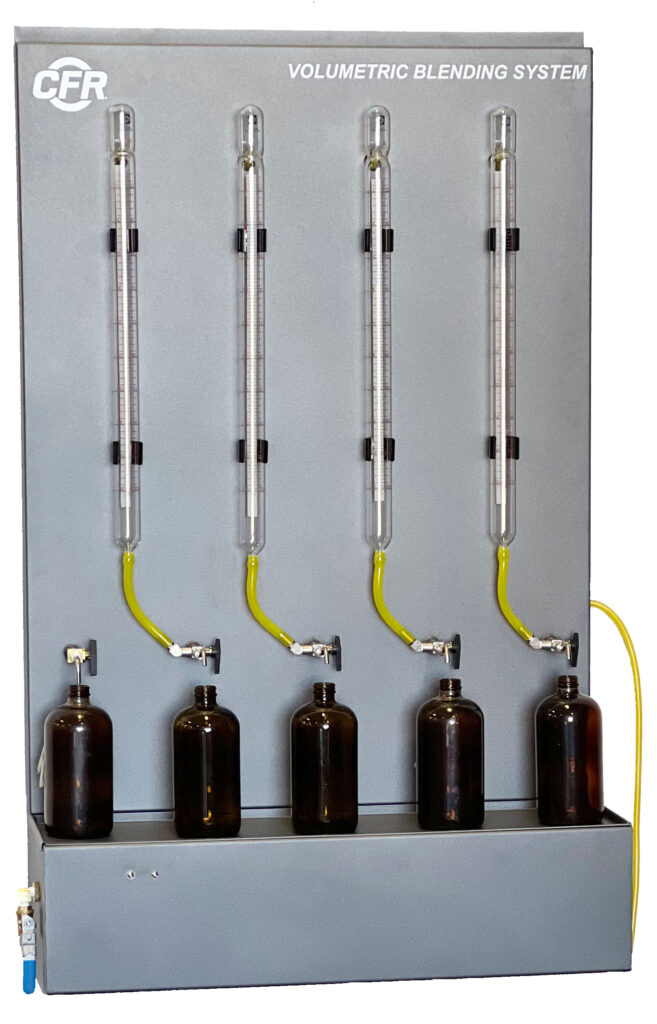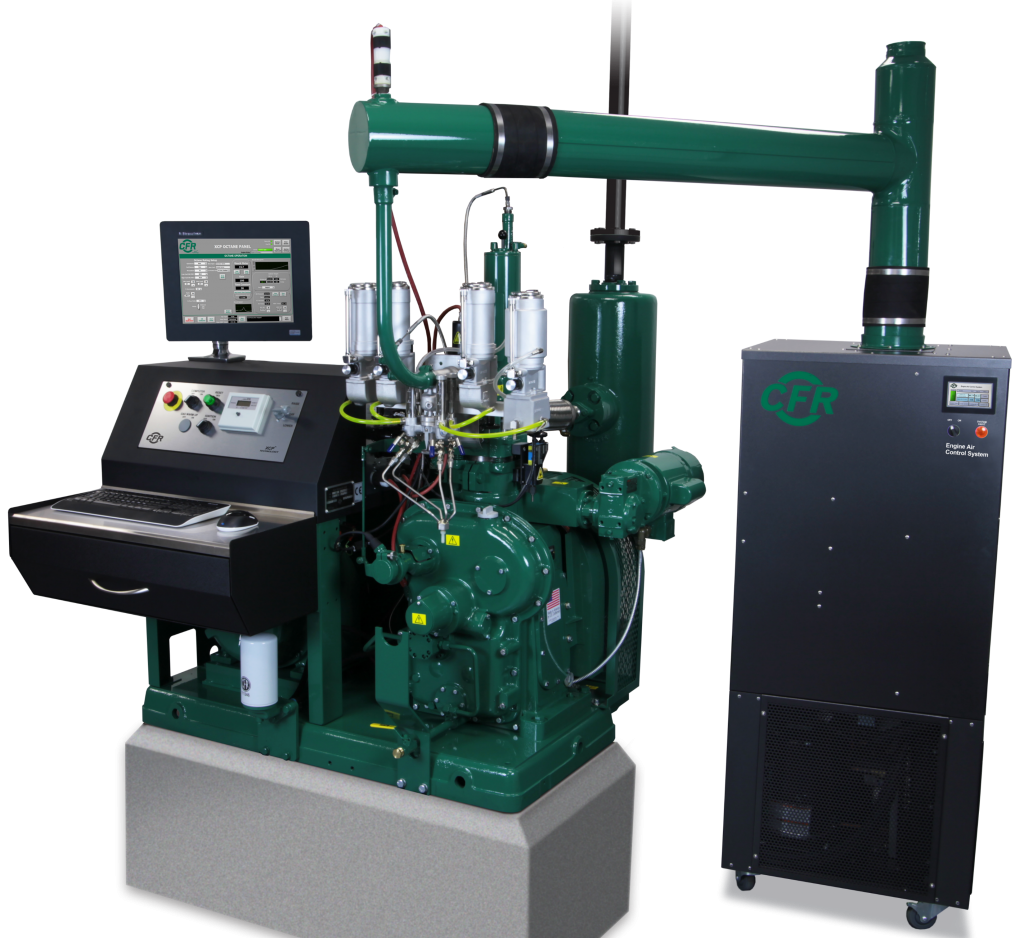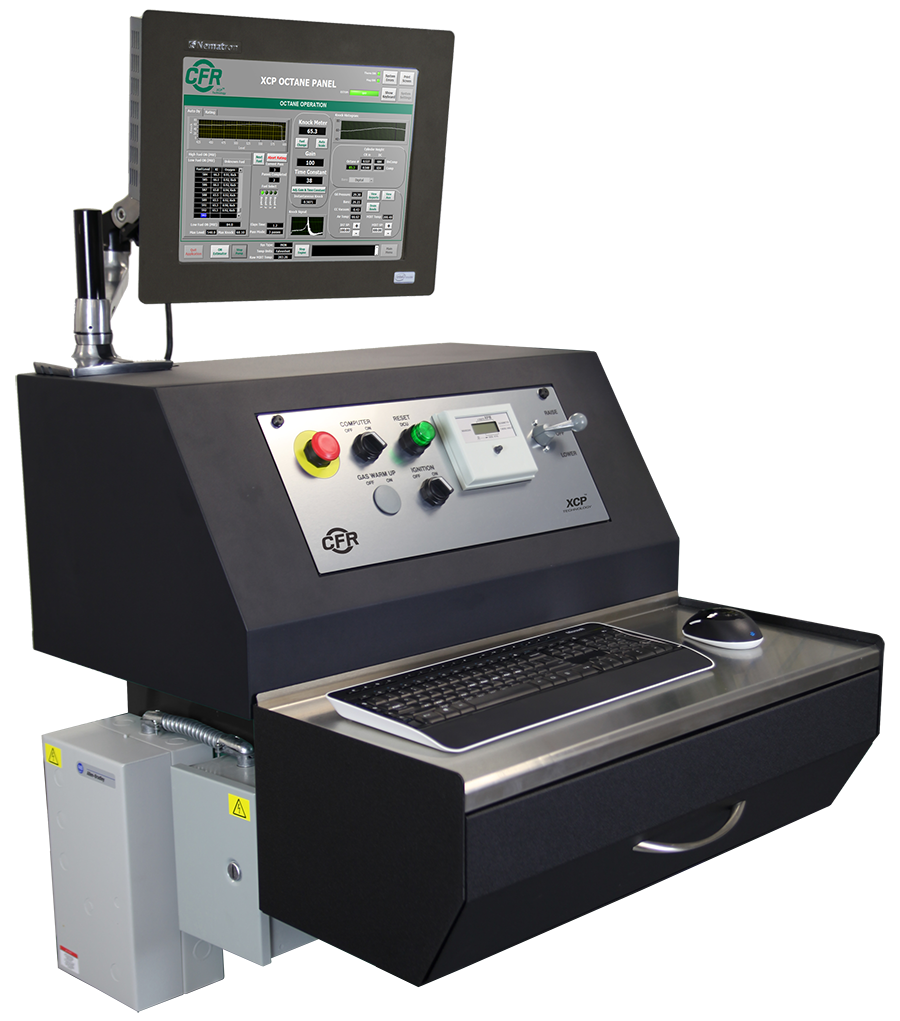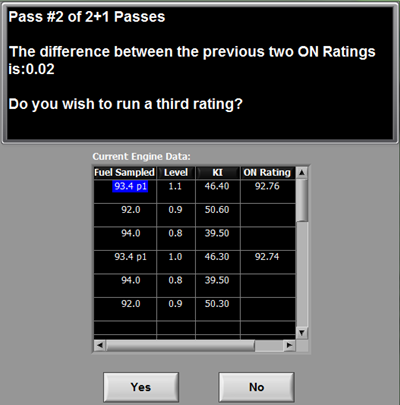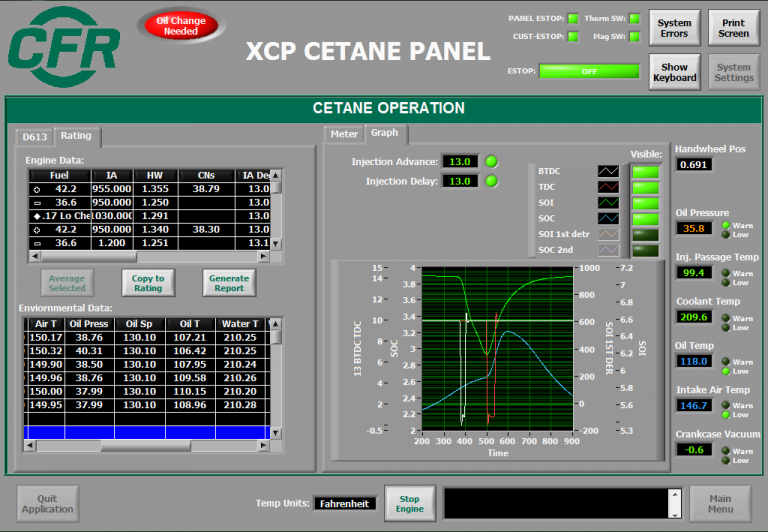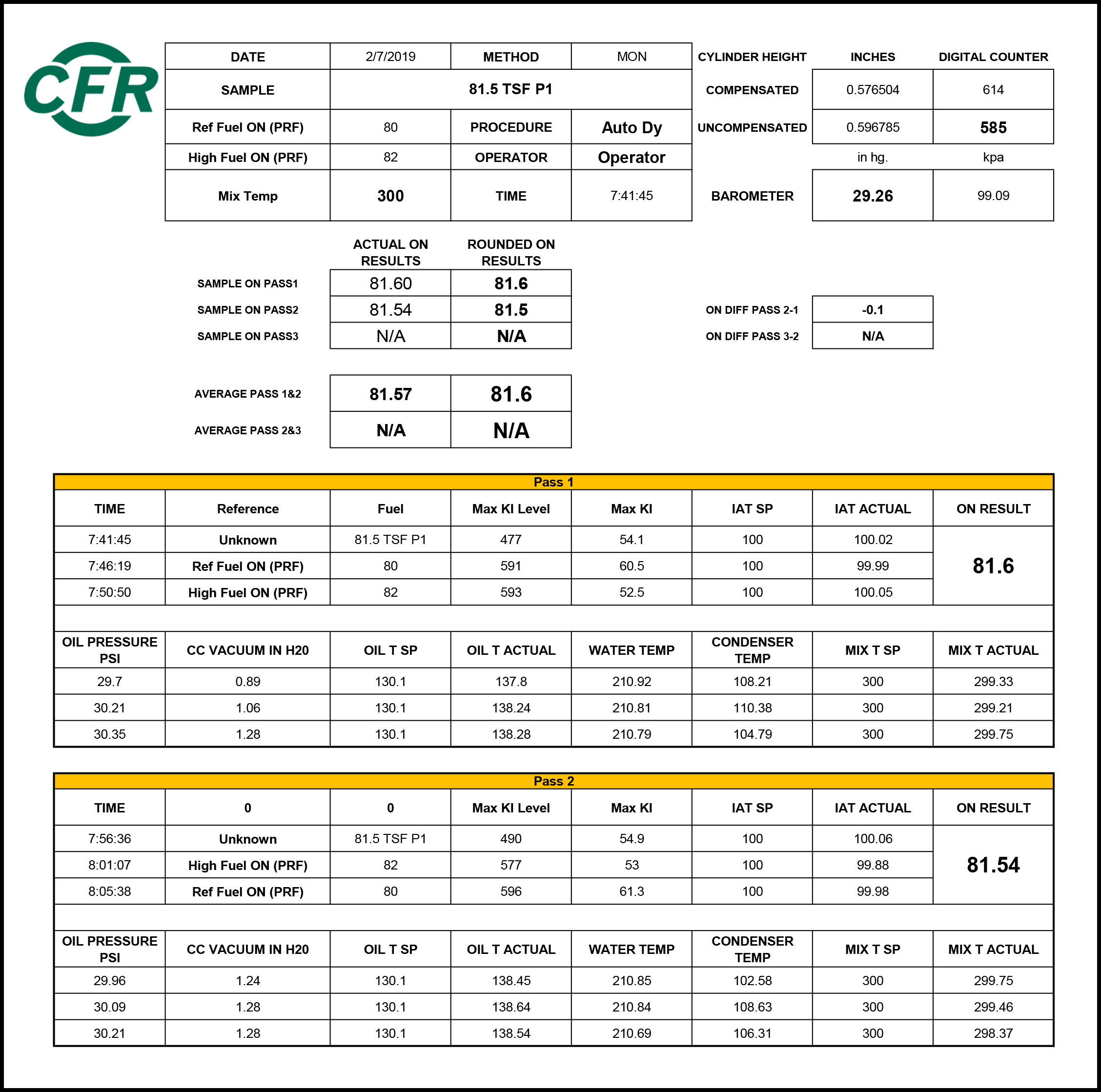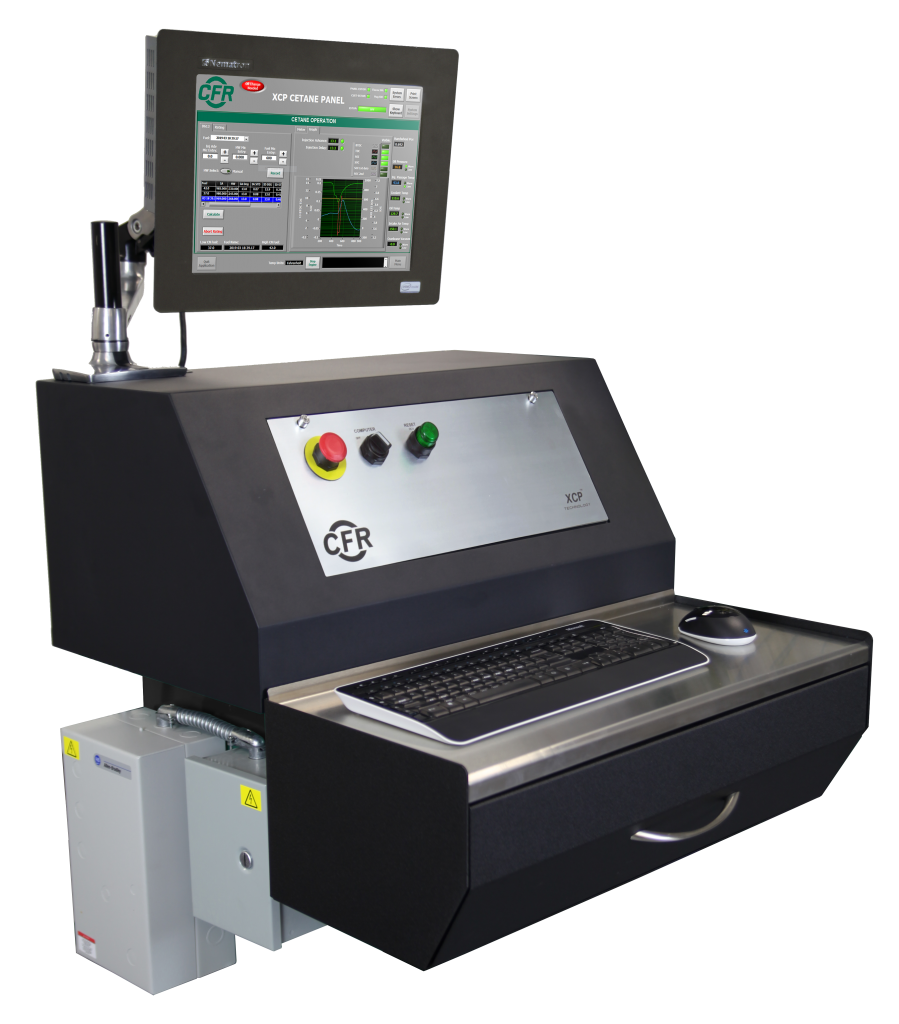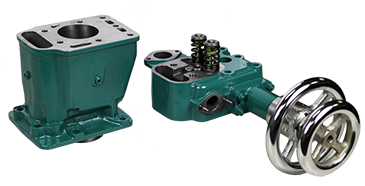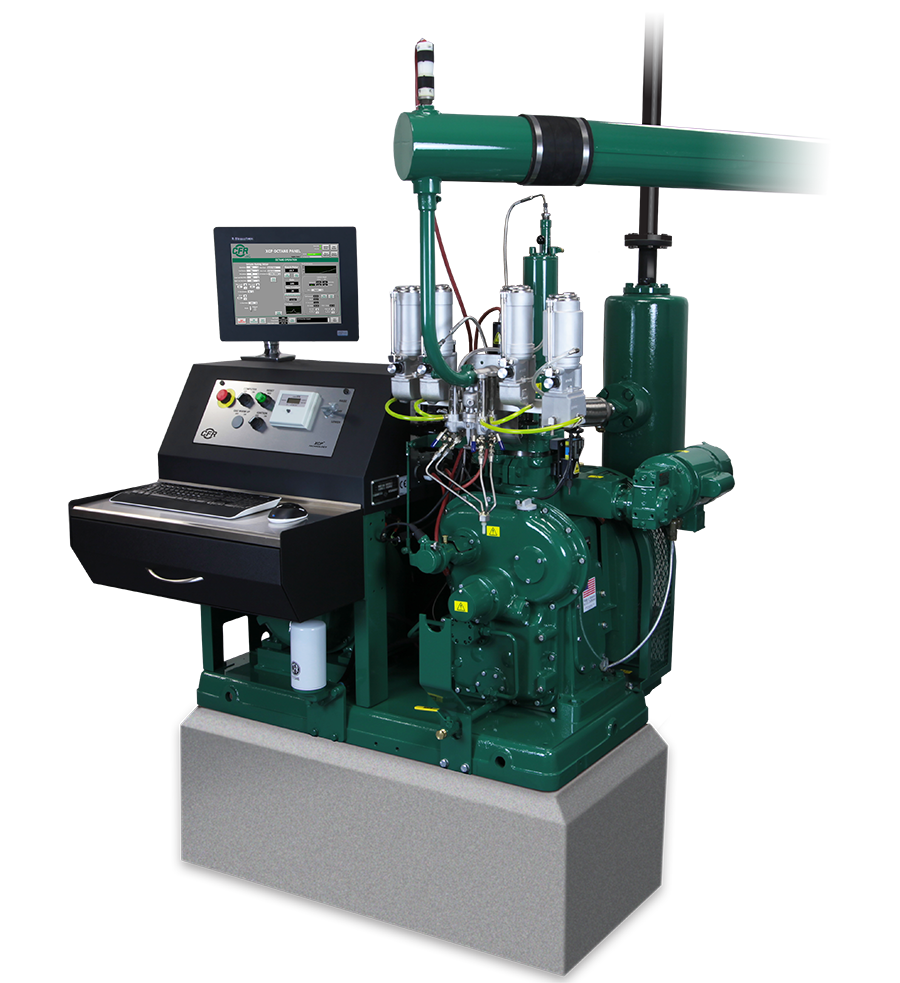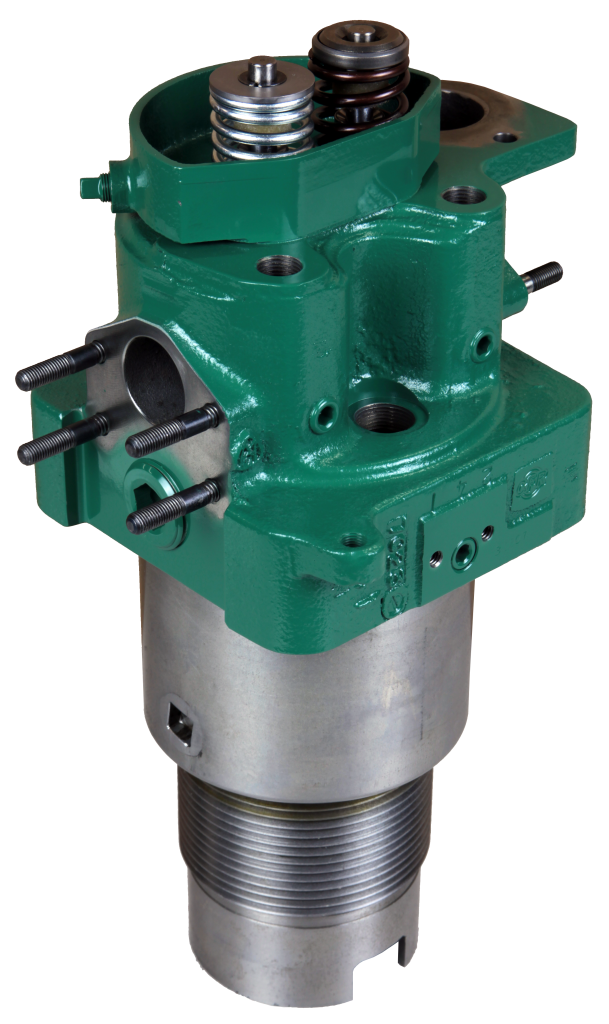CFR Engines Inc. CTS Technology
Taking Online Blending to the Next Level
CFR® is taking online blending to the next level with its Continuous Testing System (CTS). Integrated with CFR’s state-of-the-art XCP® Technology, it allows automatic, 24/7 operation linking one or more engines to the refinery’s online octane blending system. The CTS fully complies with the industry standard ASTM Method for online direct comparison tests (D2885 – Octane Number by Online Direct Comparison).
Designed with the operator in mind, the CTS utilizes the XCP® to provide customizable remote monitoring and control capabilities and allows for standard output screens, unit/system status and control, real-time performance curves, and data table summaries. Like all CFR Engines Inc. products, the CTS is designed, manufactured, and tested to work as part of your operation’s integrated and reliable solution. The engine, parts, accessories, instrumentation, and control system are all provided by CFR® to operate together with seamless efficiency. The Continuous Testing System is available on new octane testing units and as a bolt-on upgrade to most existing online engines.
System Management
Inherent to all XCP platforms, an on-board full function industrial Windows®-based PC manages all primary functions of the CTS including system operation, measurement, data storage, and control. The CTS design allows each machine to maintain its own onboard data storage and independent network connectivity, while also supporting easier integration of multiple online units via Modbus onto a User’s master SCADA system.

User Interface
Supported by XCP Technology, the CTS has intuitive and accessible menus for total instrument control. Built-in prompts, automated calculations, and data logging greatly reduce the chance for operator errors and allow operators to be quickly cross-trained for improved workflow resulting in increased throughput and productivity. CTS monitoring screens provide the added features of universal graphic icons and the ability to set all the key online testing parameters.

Flexible Control
The CTS system runs on a standard CFR engine configured for ASTM D2699 or D2700 falling level format with a special system of valves and reservoirs. Fuel is sampled, conditioned, and presented to the engine through a series of valves and sensors. Knock intensity is continuously monitored and recorded as the fuel/air ratio is swept from rich to lean. The system switches between line sample and prototype according to D2885 and customer needs. The data is stored and fed back to the blending operator continuously.

Remote Monitoring
XCP Technology provides the measurement accuracy of digital instrumentation, the flexibility and ease of use of computer-guided operation, and traceability and ease of reporting from a reliable database. The live data and graphs can continuously be monitored at each engine as well as remotely through CFR’s proprietary RAS (remote application software) system.


Multiple online engines can be accessed in the laboratory simultaneously using individual remote devices.

Reporting
The CTS provides both standardized and custom reporting capabilities. The system records and saves all parameters, including key parameters such as KI, Delta Octane, and Octane number. Reports from multiple engines can be accessed, analyzed, and customized through the CFR RAS system.
